The port in Belize City is not big enough to handle a ship the size of Liberty, or any cruise ship for that matter. This meant the we anchored a few miles off shore and had to take a tender into port. We had an excursion scheduled to visit Mayan ruins, but would need it to be sunny in order to climb them. Off in the distance, over land and over the sea, were some dark, threatening clouds. We boarded the tender, which has a partially open top deck, and set sail for the port. I started to feel a little rain as we motored toward port. Several people tried to squeeze under the top deck canopy. Fortunately, the rain was short lived.

We then boarded a bus that would take us to the AyinHa Reserve for our tour of the Mayan Ruins. We were greeted by our guides, Alicia and Bernie. Bernie introduced us to our driver, Franklin, who he said had a PHD in driving – certified Pot Hole Dodger.
Our bus made its way through the countryside west of Belize City, over rivers, past farms. Bernie talked to us about Belizean culture and life. Bernie also demonstrated his knowledge of American life by going around, asking us where we were from, and providing some tidbit of trivia about our state.


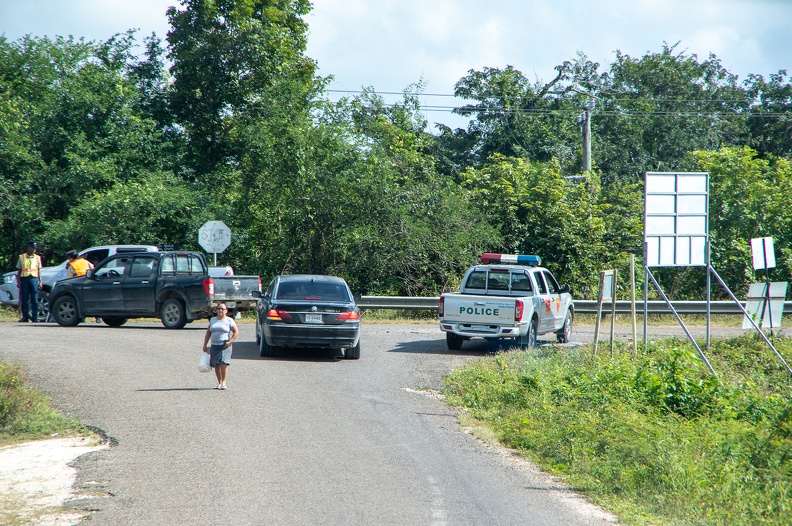
After about an hour, we made it to the AyinHa Reserve. The name of the reserve comes from the Mayan words ayin (“crocodile”) and ha (“water”), so named for the crocodiles that live in the nearby New River. From the reserve, we would take a small boat to the Lamanai ruins. While waiting for our boat to leave, we had a quick drink (local beer and water straight out of a coconut), and wandered around the grounds.

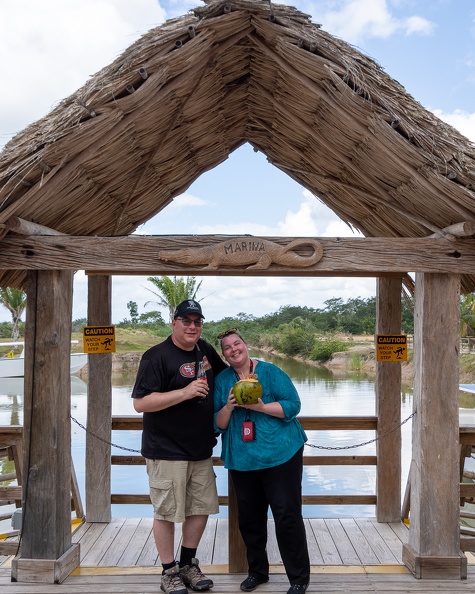

Our boat took us downriver to the Lamanai site. Lamanai, named from the Mayan words Lama’an (“submerged”) and ayin (“crocodile”) was once one of the largest Mayan cities. The city was once home to an estimated 60,000 people, and once spread out over 10 miles of the banks of the New River. Archaeologists believe the city was founded in the 16th Century BC and was occupied as late as the 18th Century. The city was rediscovered in the early 20th Century, and the current site we visited consists of only an estimated 5 percent of the 800 buildings that made up the city.



Alicia and Bernie took us through the trails around the ruins, telling us about the history of the site and the various temples. We learned about how the temples we see today have been changed over time. Various rulers would add on to the temples and build over the existing structures to add their own touch, or to cover up features made by rival rulers.
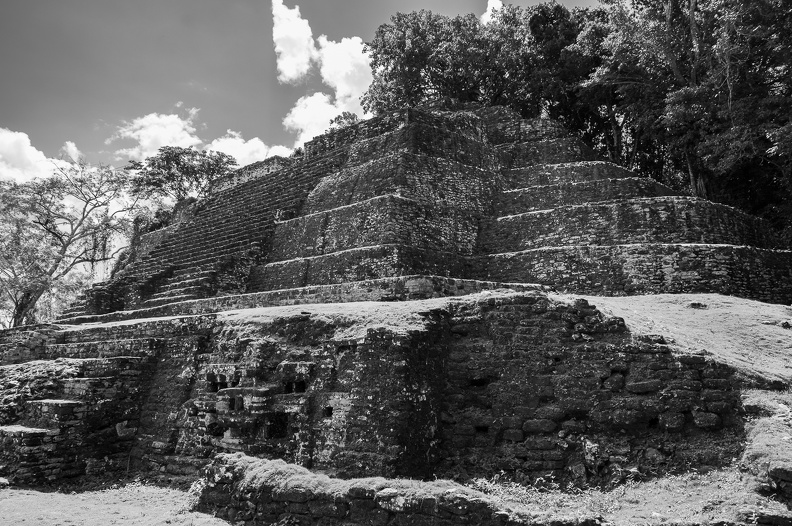





I got to climb the Mask Temple, which is the smallest of the three temples we visited (the others being the Jaguar Temple and High Temple). The Mask Temple was first built around 200 BC, and was modified by subsequent rulers until around 1300 AD. The temple is adorned by two 13-foot-tall sculptures of a human face wearing a crocodile-head headdress (or “masks”), one on each side of the main temple staircase. The matching masks were an example of the Mayan tradition of symmetry in all things. The Mayans believed the earth existed on the back of a giant turtle, and symmetry in their construction ensured the earth remained balanced.

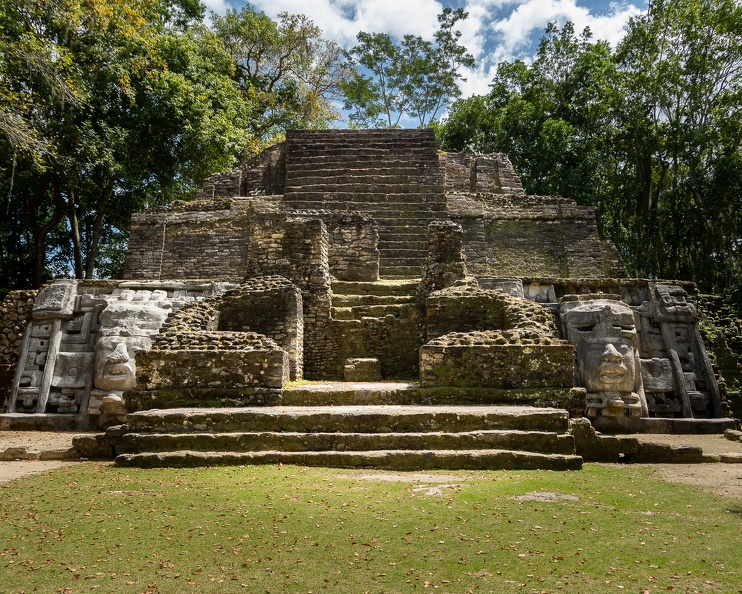
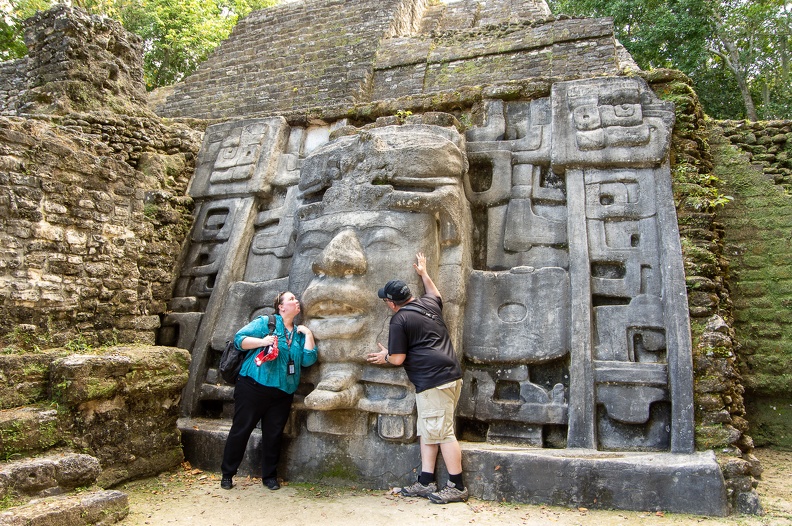
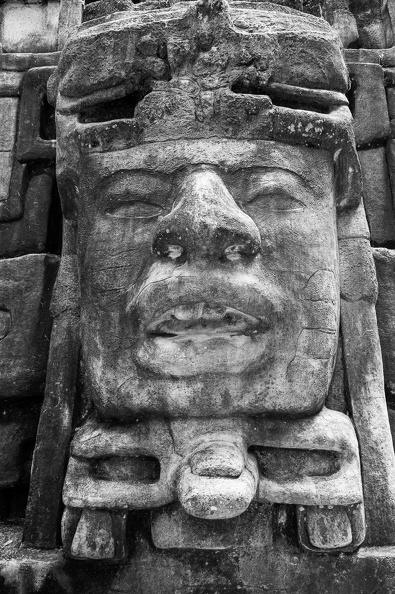
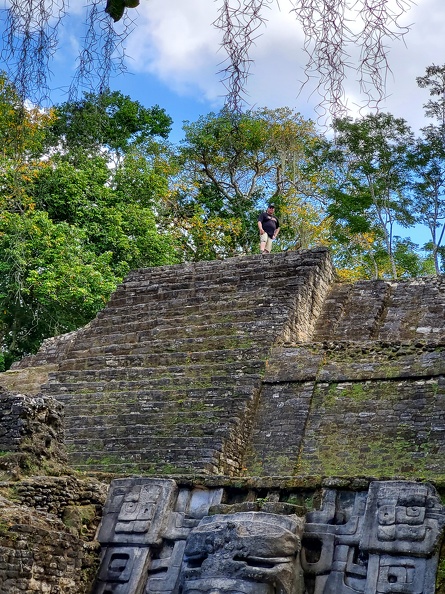
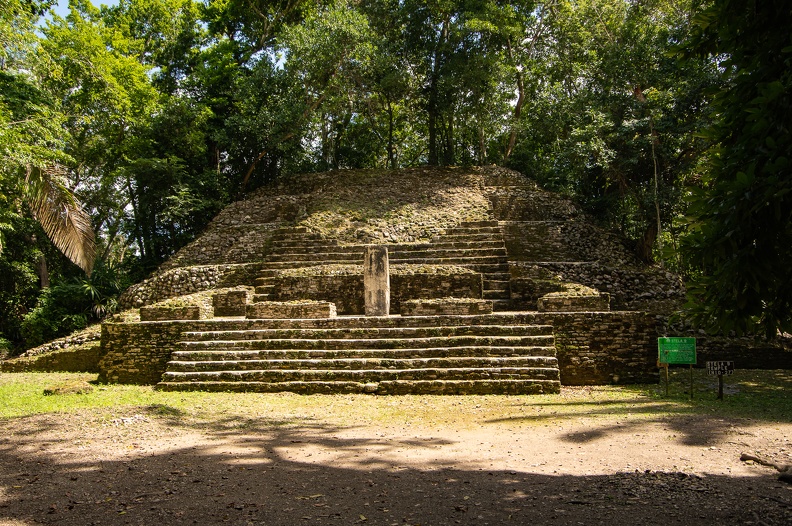
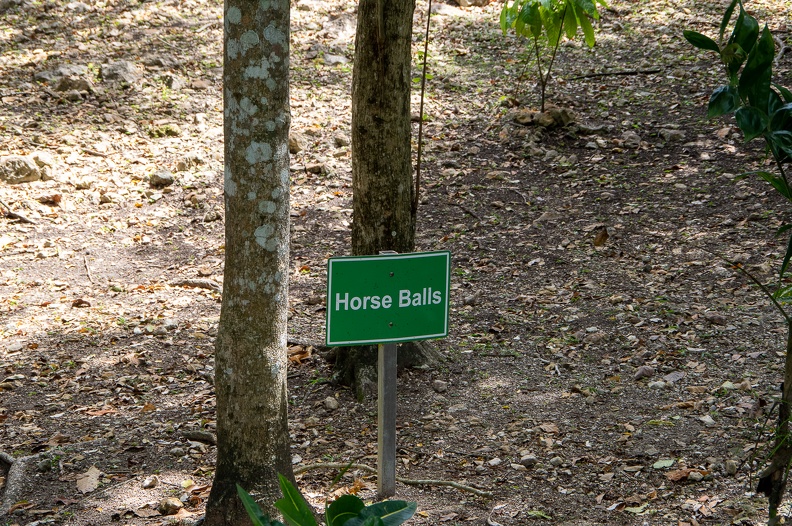
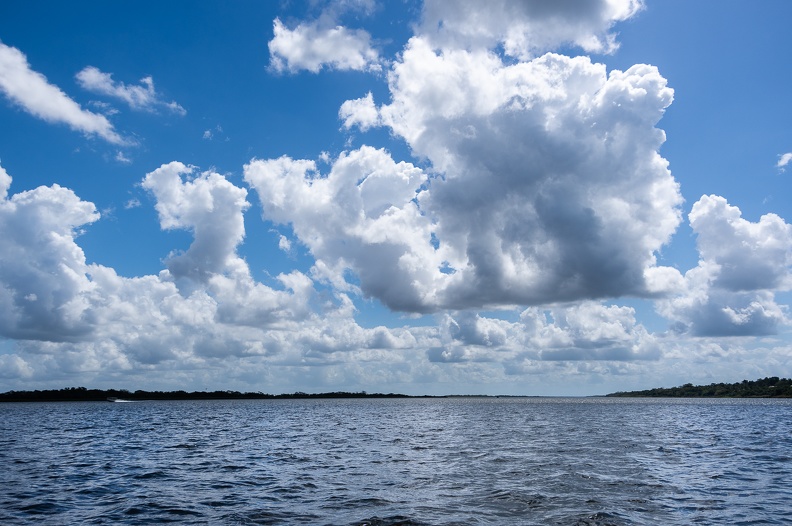
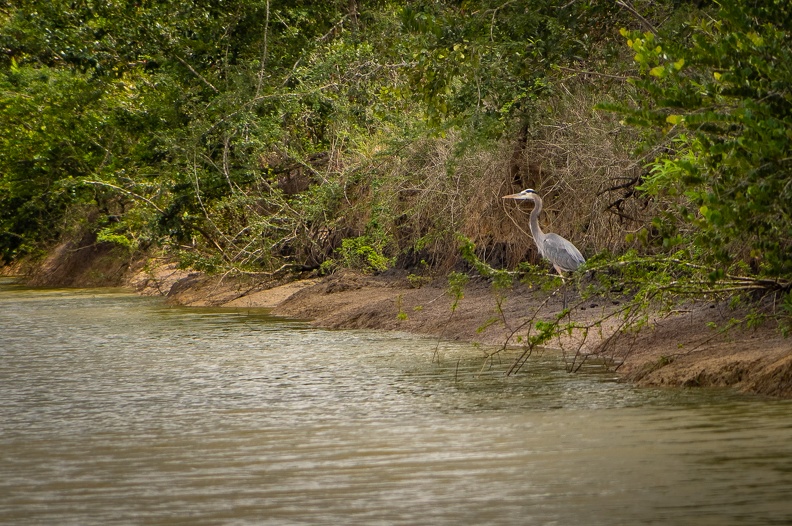




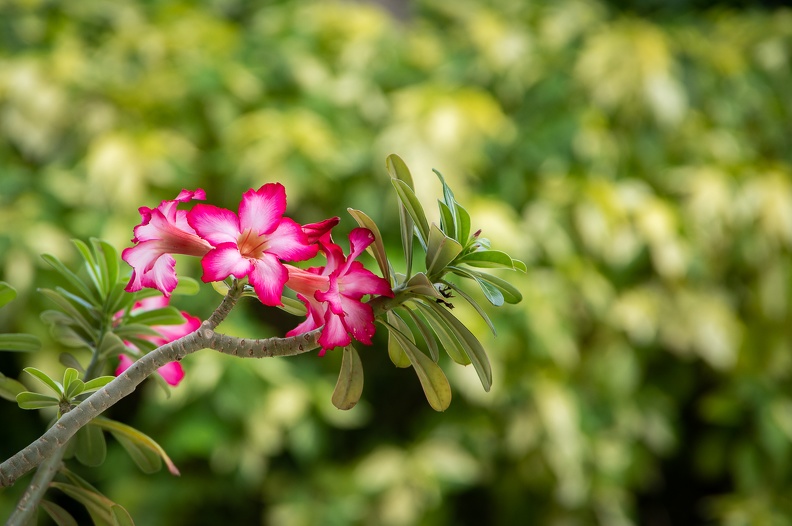
After a delicious lunch back at AyinHa, we returned to the ship. Cool showers were wonderful after being out in the heat and humidity.

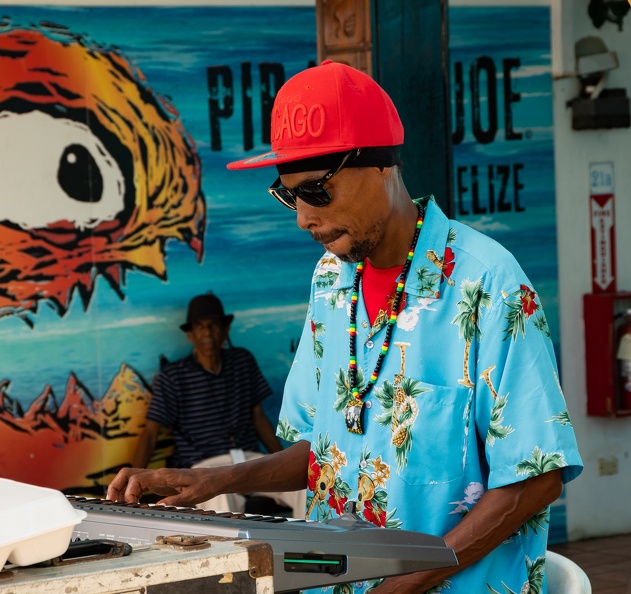
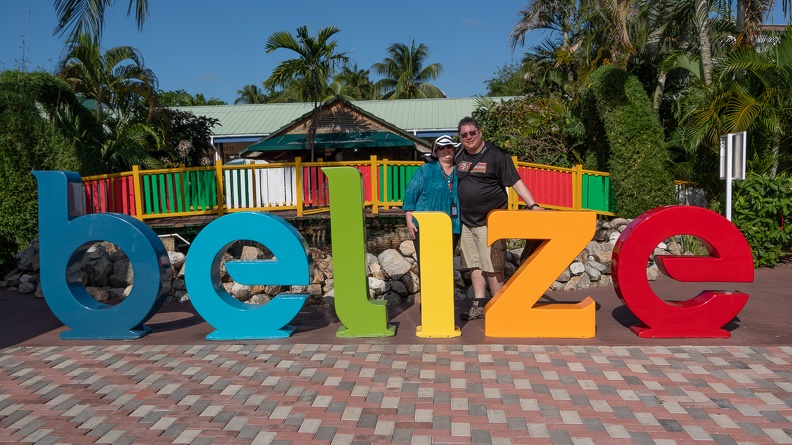
We finished the day with dinner at the ship’s Johnny Rockets restaurant.
